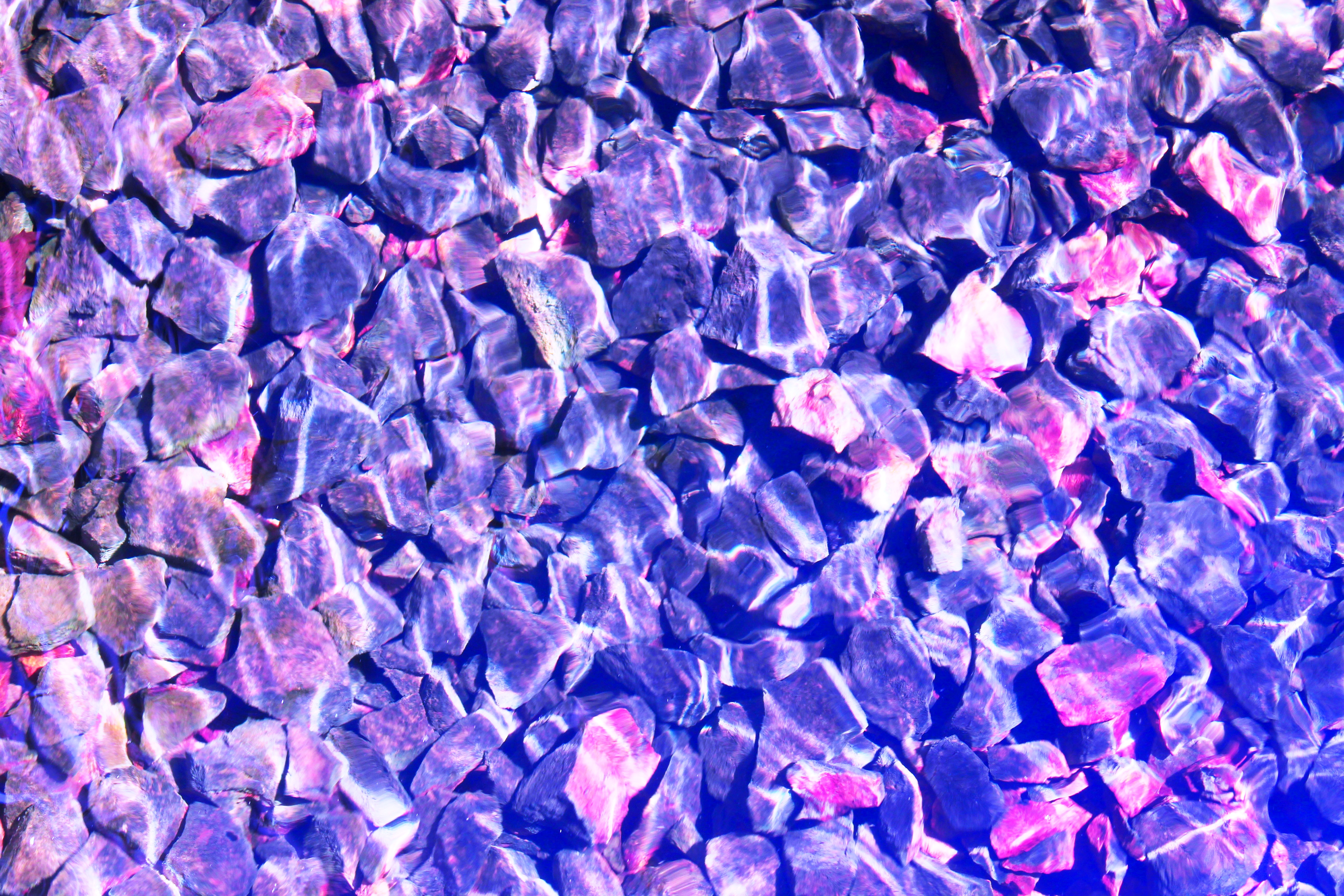NEXT month, timed to coincide with the stampede of arts people coming to Frieze London, Damien Hirst will finally open his gallery in Lambeth with a show of work by John Hoyland, a British artist whose work Hirst collected but ironically did not think much of Hirst’s own mass production.
Here artist ANDREW PRICE assesses Hirst’s place in art history
To say Hirst is overrated would be like Jeremy Corbyn telling Donald Trump he’s a failure.
As a showman, ad man, self-publicist, slick manufacturer, Hirst is brilliant but when it comes to art the argument divides. By the measure of our times he’s a genius; by the measure of history, massively overrated. Fortunately for Hirst, our present culture is so dominant that rival models of excellence are not only ignored but ridiculed. How did this happen?
Picasso once said “Everyone wants to understand art. Why not try to understand the song of a bird? He said this in order to demote the cult of the artist and expand our appreciation of general beauty.
In doing so he revealed contradictions between the language of the individual (artists) and the human archetypes we employ to ascribe quality. Duchamp tried to nail this ambiguity through his urinal “Fountain” (1917) declaring “It’s art if I say it is”.
With this immodest act, the ego became God and yet for a further 60 years we still struggled with the idea of socially transformative form in what became known as Late Modernism.
During this period leading up to the 1980s attempts were made by various critics to quantify artistic excellence. Clement Greenberg believed in aesthetics whilst Peter Fuller wanted to enrich modernity through the inclusion of cherished human archetypes.
Greenberg failed through absurd reductionism and Fuller because his mainly socialist propositions ran counter to the emerging elites of global capitalist who manage cultural expectations through fiscal and propagandist modelling. Their digital monopoly on information and grip on global money flows depict the arts as wide in subject and medium narrow in alternative social structures.
A new “Post Modern” measure of artistic quality emerged that synthesized not only the investment banalities of capital flows but the means by which they are utilised. Enter Hirst.
Hirst’s art perfectly exemplifies the following popular fiscal archetypes:
1. Project capital (product turnover; infotainment, the removal of permanence)
2. Outsourcing/ Sub-Contracting
3. Investment status as sole measure of importance
4. Global universality – homogeny of product
5. Entrepreneurial prowess, promotion of novelty and risk
6. Monopolistic pricing through agency controlled supply
7. Branding
Two interesting parallels of imperial economic history come to mind here.
Just as the “free market” of the The Belle Epoch (c1871 – 1914) was a highly regulated construct mainly powered by the British Empire, so our modern US dominated, so-called “free market” is also run on the same controlled lines.
This historical parallel matters because systemic “control” and “promotion” underwrite Hirst’s ideological mechanisms and fuel the myth of Hirst’s modernity. However, if we look closer at Hirst’s various mutilations of nature, rather than praising a great contemporary artist, we see an old imperial archetype, a crazed trophy hunter and obsessive collector of sanitised death.
One senses some greedy and futile assignment as much at home with the rapacious ivory harvestings in Conrad’s Heart of Darkness as the current corporate plunder of the planet for natural resources.
One also imagines in the toiled largesse of his subcontracted labour, some modern day Fitzcarraldo, dragging impossibly huge tanks from nowhere to nowhere.
We are told Hirst’s materiality and sheer ostentations make his work radical and new, but only because it praises a weak liberal class excited by the capitalism of dark flattery. In Hirst we become the surveyors of the hunt we can’t afford, the grouse and pheasant we will never shoot.
By this measure, it is not his art but his free market promise that fuels our fantasies and excites investors. It is the language of money. With his relaxed cheeky demeanour, we temporarily forget the downsized betrayals in our own lives and imagine we can burrow effortlessly like him to the Promised Land with a pert idea and a stroke of luck.
Hirst is the cultural God we seek to worship, the rollover deity of effortless income, forming in short the idolatry of the “ideal of the idol”.
In the end what makes Hirst’s work especially bleak is it absorbs any derision as part of its virtue. Like much of his generation, the silences and poses are not the mysteries of Picasso’s abstracted reality but (like the economic system that pays him) a pitiless avatar that consumes and reflects our passions as a chimera against all our attempts at critical reason.
It is chilling to realise that the ignorance and arrogance of the Belle Epoch’s masters drove humanity into the killing fields of the first war. This time around, Hirst’s masters may be taking down the planet and all of us with it.
I like to think of Hirst busily seeding the artefacts of a future’s forgotten grandeur, like some far off grimy piss-stained brutalist architecture that a few fans remember in wistful tones on forgotten digital channels. If I was taking bets on longevity between Hirst’s Virgin Mother and Moore’s Mother and Child, I would bet Moore every time.
Andy Price 2015
